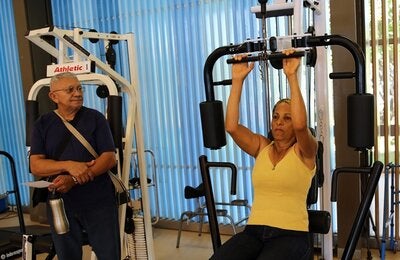The World Health Assembly resolution on assistive technology (WHA71.8) urges all Member States to improve access to assistive technology and requests the World Health Organization (WHO) to develop a global report on assistive technology based on the best available scientific evidence and international experience. The resolution also requests WHO Secretariat to submit progress reports in 2022, 2026 and 2030 to communicate the progress made by the Member States in implementing the resolution.
In response, WHO has undertaken a global initiative to measure access to assistive technology at the population and system level between April 2019 and December 2021. The data were collected using two WHO tools:
- Assistive technology population access indicators are a population-based household survey measuring self-reported use, need, met need, and barriers to accessing assistive technology.
- Assistive technology progress indicators, a government survey measuring system preparedness in terms of governance; legislation; public budget; financing mechanisms; regulations and standards; collaborations and initiatives; service provision coverage; workforce availability; and training.
As of December 2021, data have been collected from national and subnational representative population surveys in 29 countries, and 70 countries contributed data to the progress indicators.
This topic presents information on the current status of the assistive technology progress indicators for the 12 countries of the Americas that contributed data to the progress indicators.




